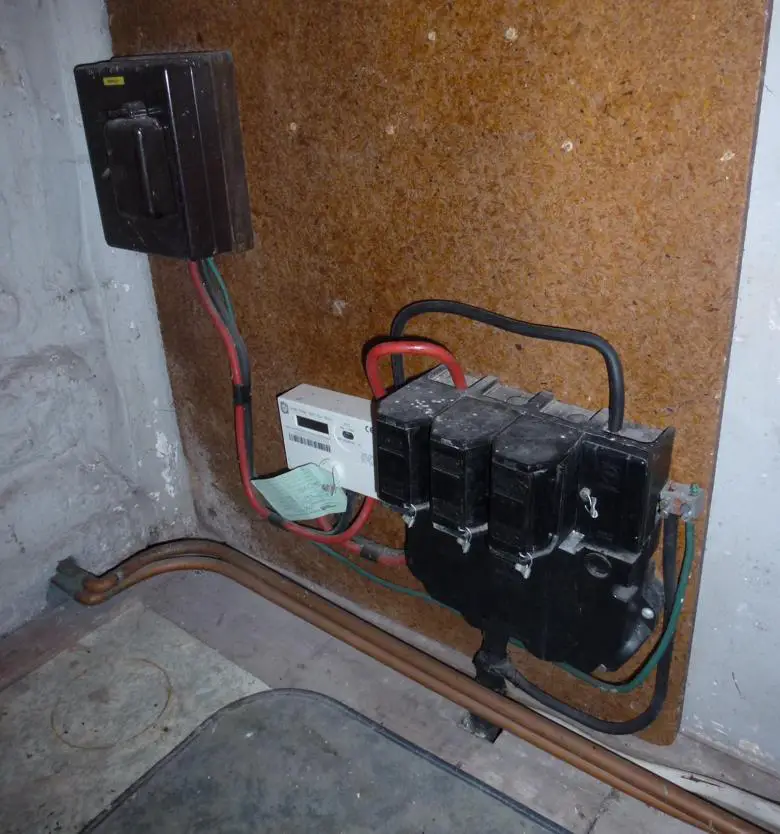I don't think an adiabatic calculation would be appropriate/relevant to a bonding conductor, since the conditions under which it might have to operate are far from adiabatic. In the worst-case scenario (of a network neutral fault) very high currents could flow in a main bonding conductor 'continuously' (without being rapidly terminated by operation of any OPD) - certainly for far more than the few seconds beyond which the process ceases to be adiabatic.It would be interesting to do an adiabatic equation and see what size is required at an 80 degree ambient temperature, but off the top of my head it'll be fine and it's not going to have any real detrimental effects to a bonding conductor.
However, I'm quite sure that an ambient temperature of 80° C would have no material effect on the ability of the bonding conductor to 'do its job' - and, as I said, even if the insulation were to melt (which is won't as a consequence from the hot pipe alone), I don't think that would be any great deal!
Kind Regards, John




